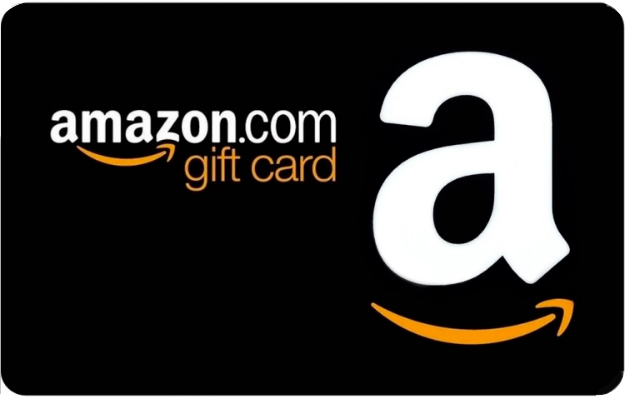Webinar
Think About Your Audience Before Choosing a Webinar Title
OnDemandLandingPage@2x.png?width=1540&name=2022-07-12%20(Chronosphere%20DO)OnDemandLandingPage@2x.png)
Sponsored by Chronosphere 
What You’ll Learn in This Webinar
Cloud-native architectures deliver speed, flexibility and faster innovation. But a considerable trade-off is an explosion of metrics data volume and cardinality that outpaces the growth of the business itself. A recent ESG study found that 71% of organizations feel their observability data is growing at a concerning rate. While the increasing cost of storage is a top concern, there are other consequences to consider, including a decrease in the performance of observability tooling and potential outages of alerts and dashboards when you need them most.
Getting the right level of metric volume and cardinality is essential. The goal is to balance cardinality with the value of added dimensions. Too much cardinality increases costs, but too little strips your data of context and hinders your ability to remediate issues and outages.
Unfortunately, it’s difficult to predict or plan, since many tools used to manage observability data, like Prometheus, don’t have a great way to detect increases in cardinality until it is too late. So what can you do to control metric data growth and ensure that the level of cardinality is just right?
Join us as we discuss:
- Practical measures you can implement now to help control data flow
- Best practices around creating tags and labels and enforcing them across teams
- A framework to help validate the value of dimensions added to metrics







